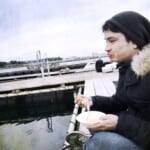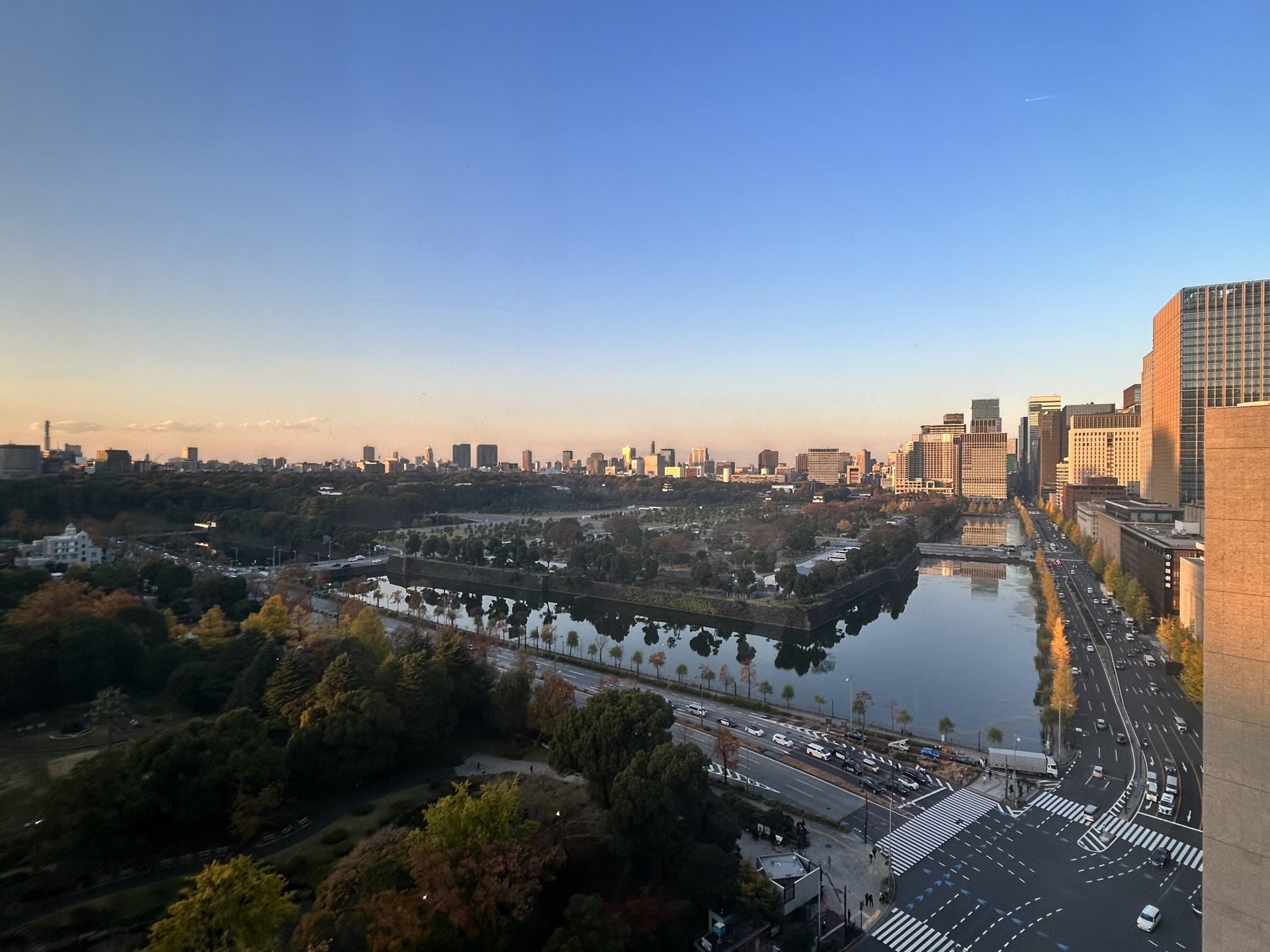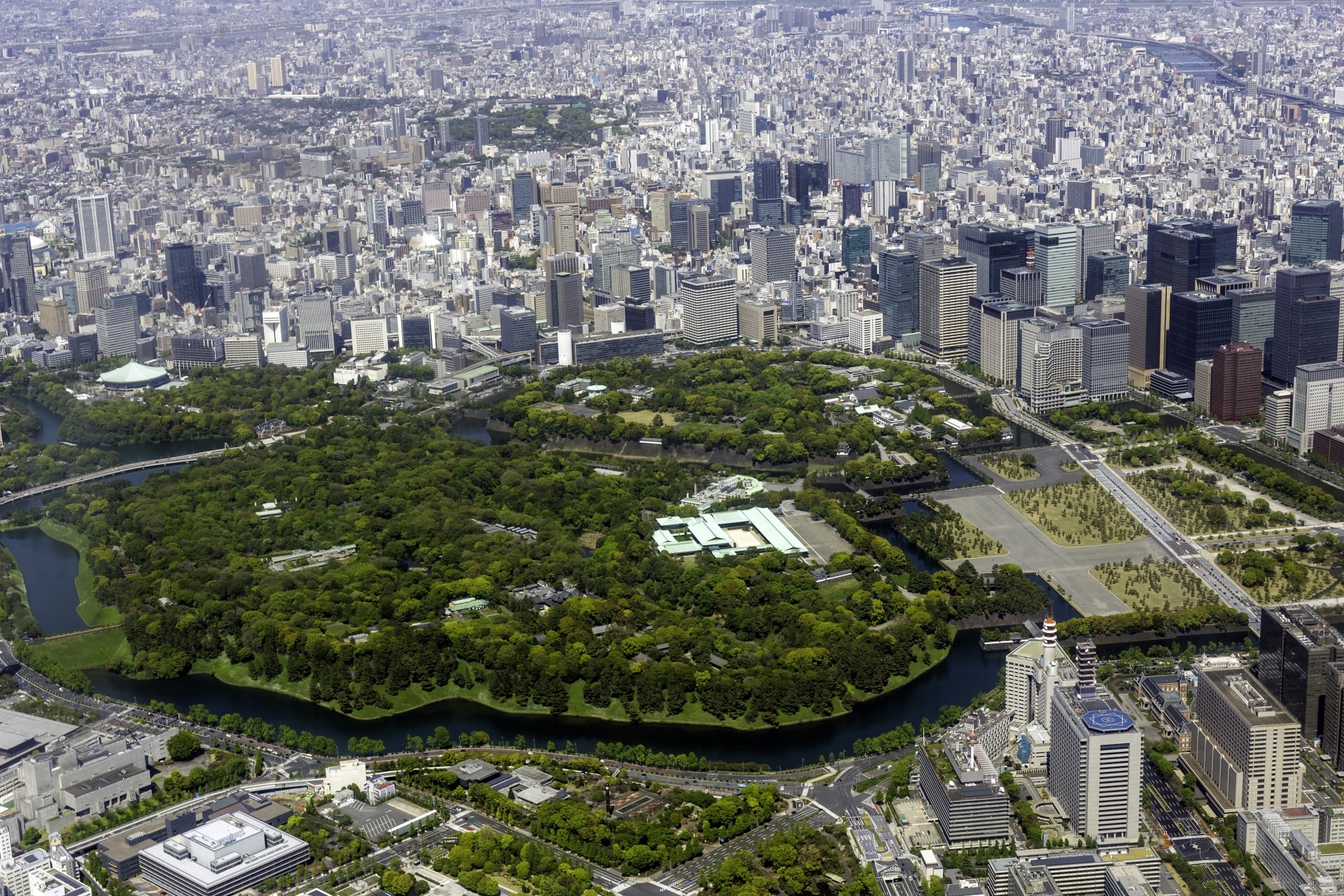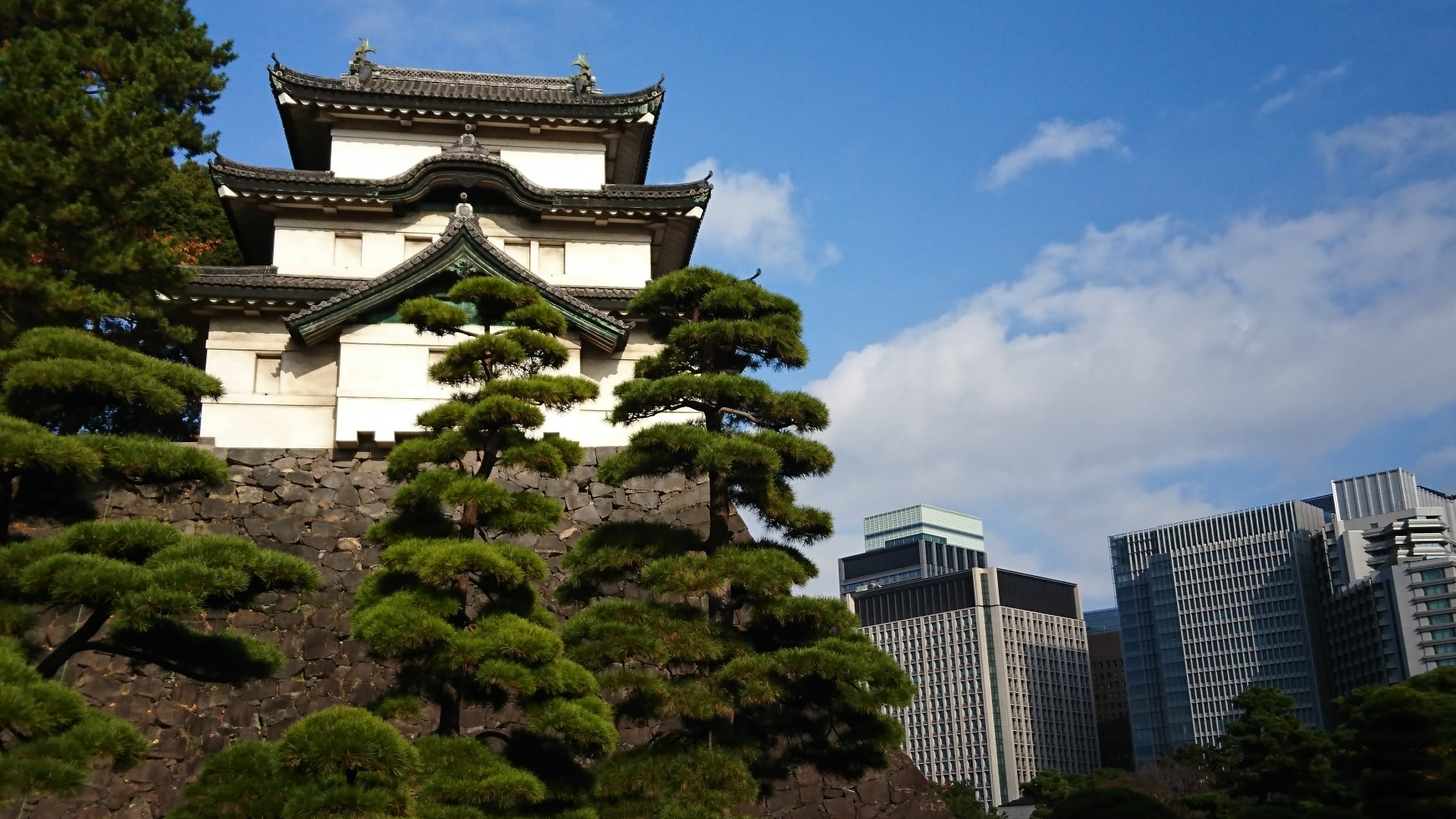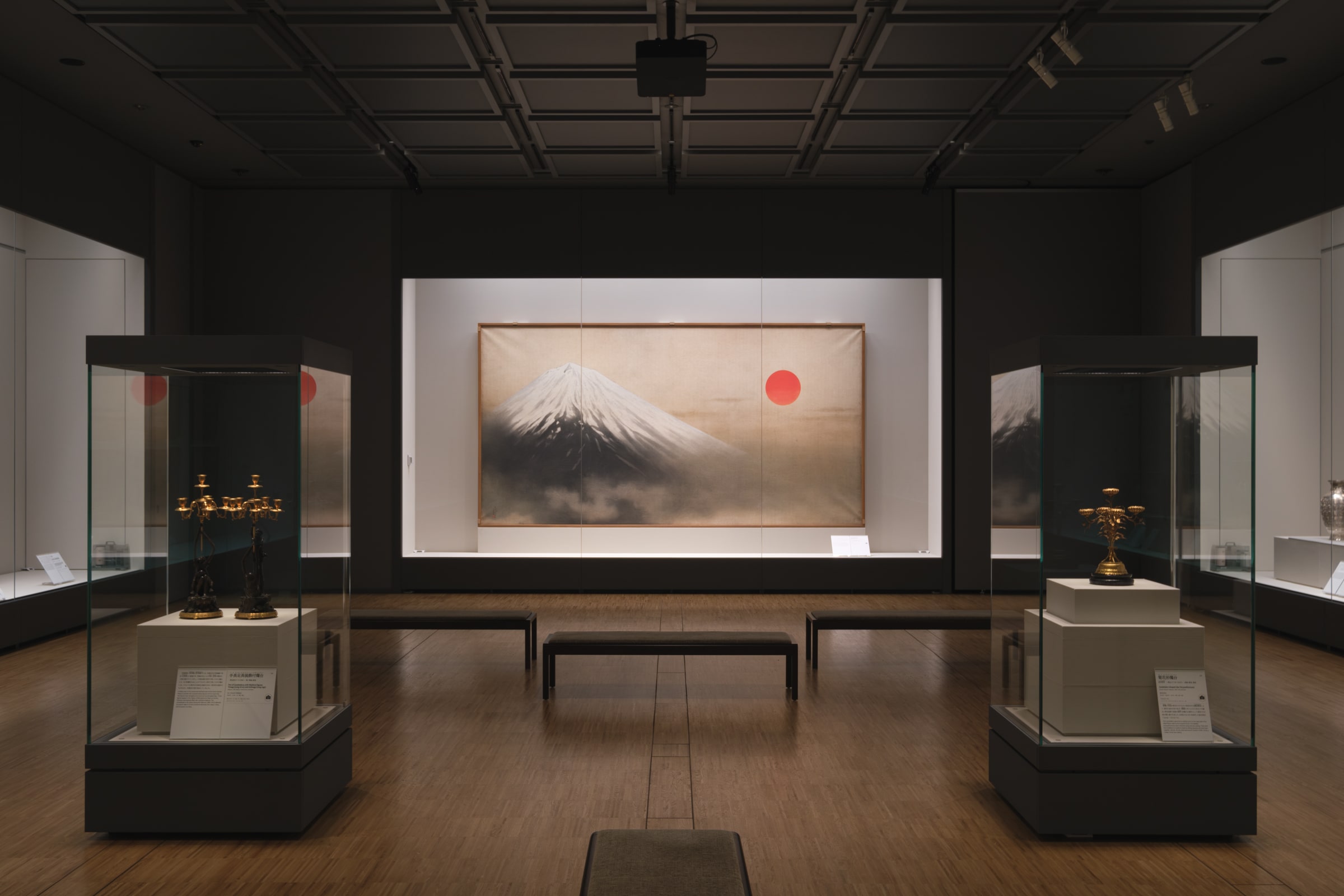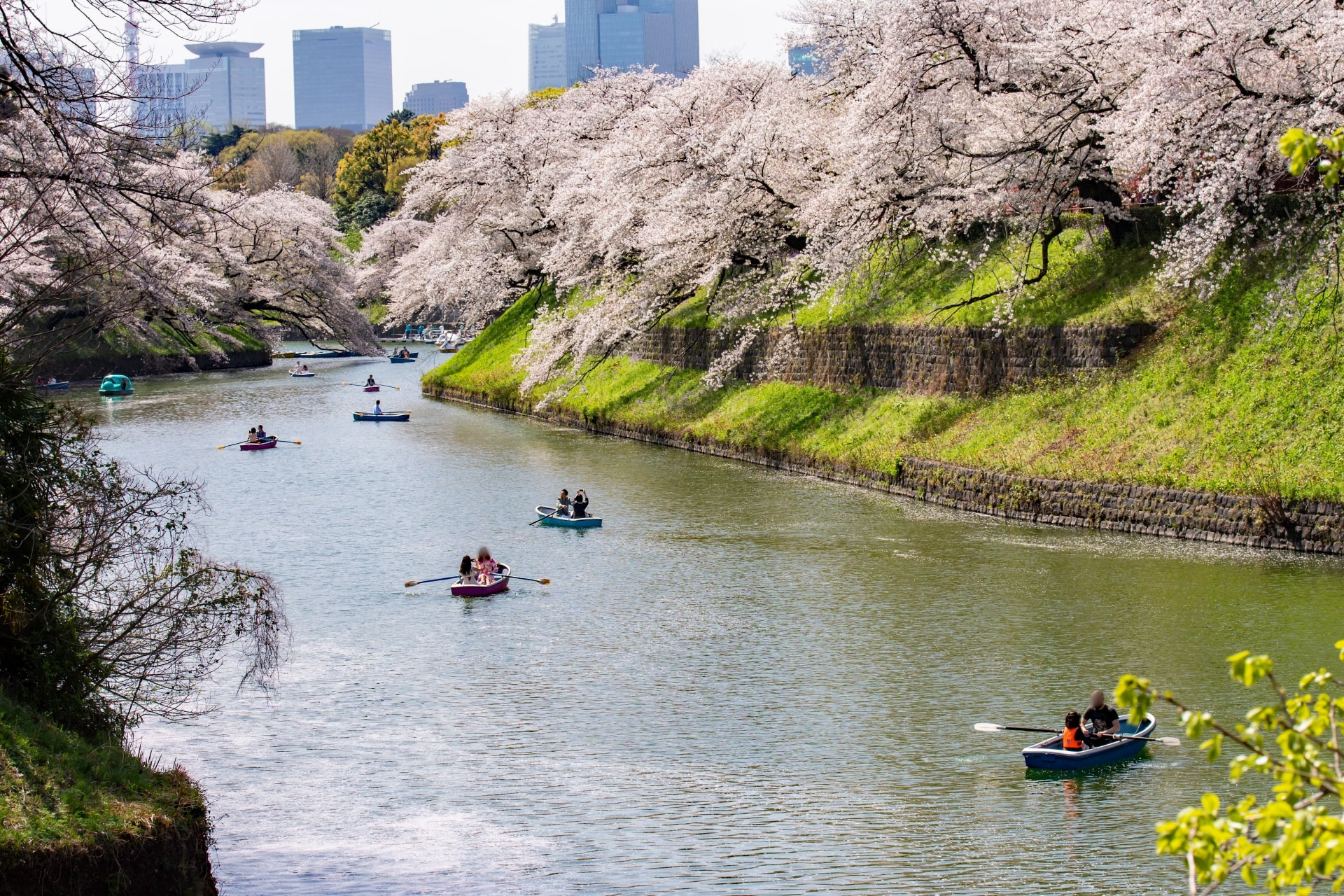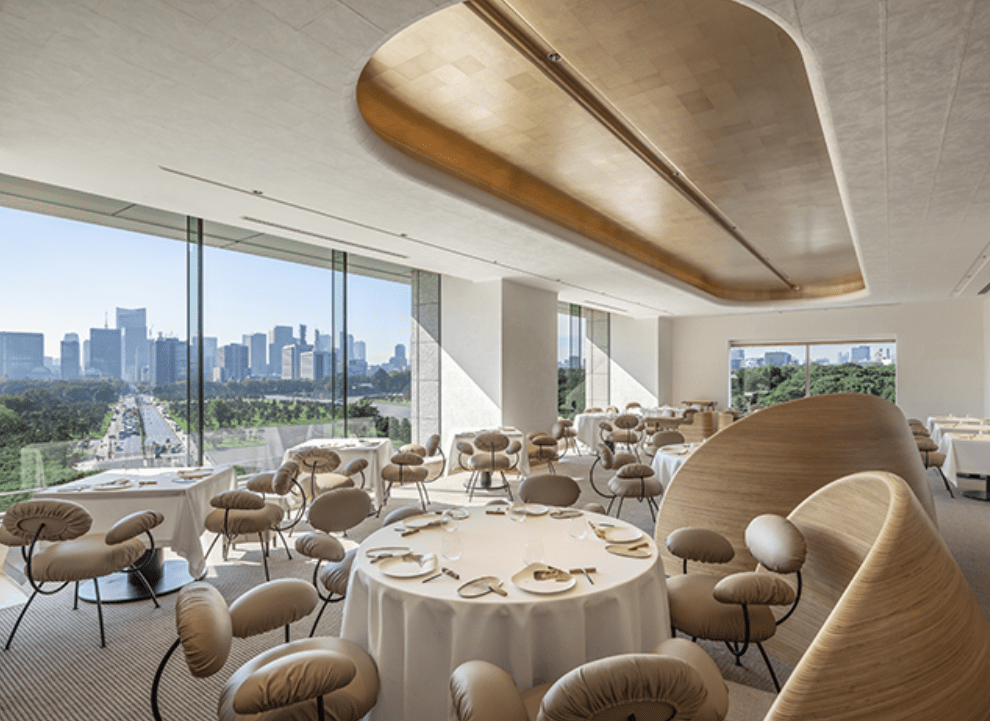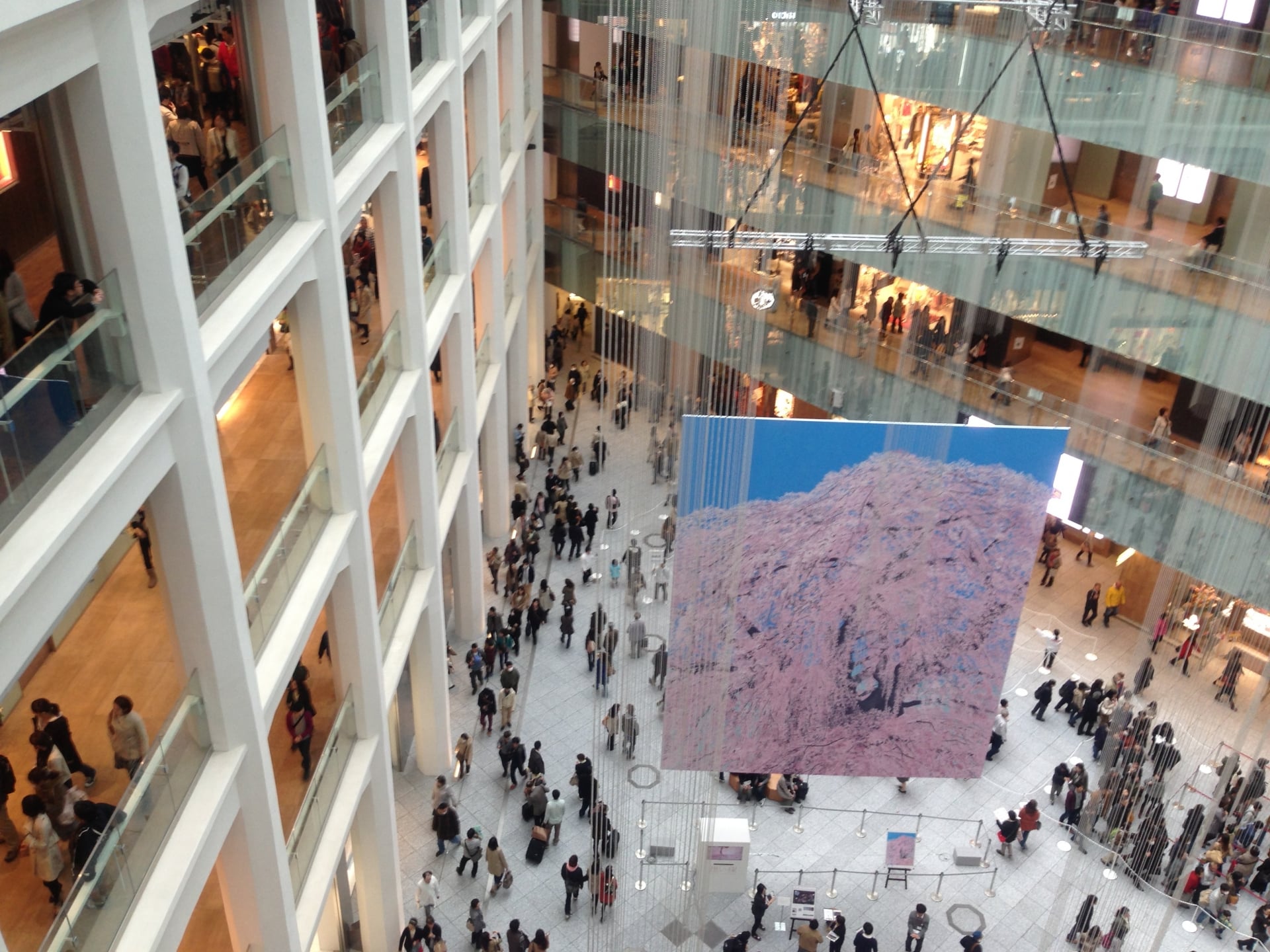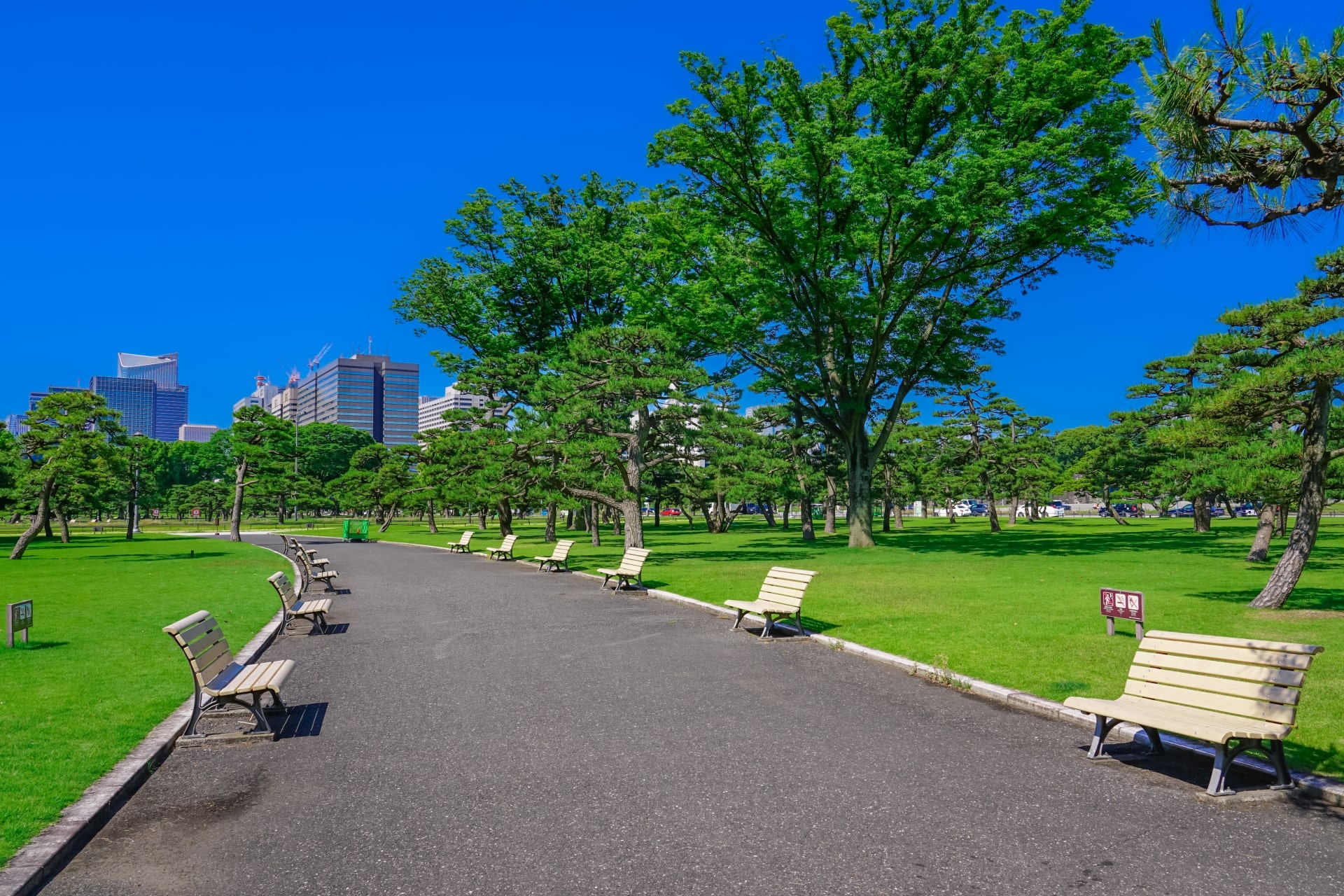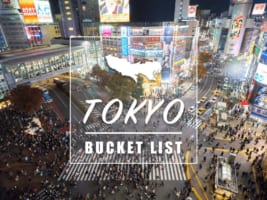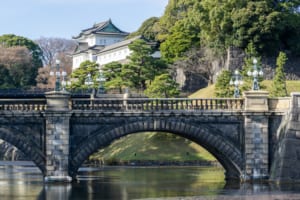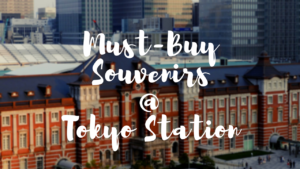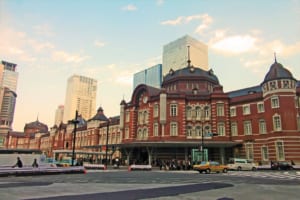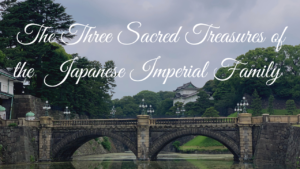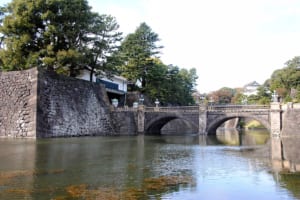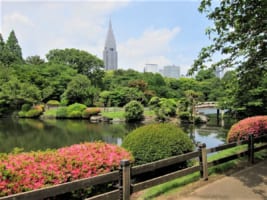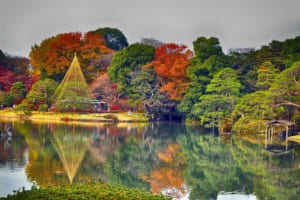5 Best Things to Do around the Imperial Palace in Tokyo
Exploring the Heart of Tokyo: From Serene Gardens to Shopping Havens
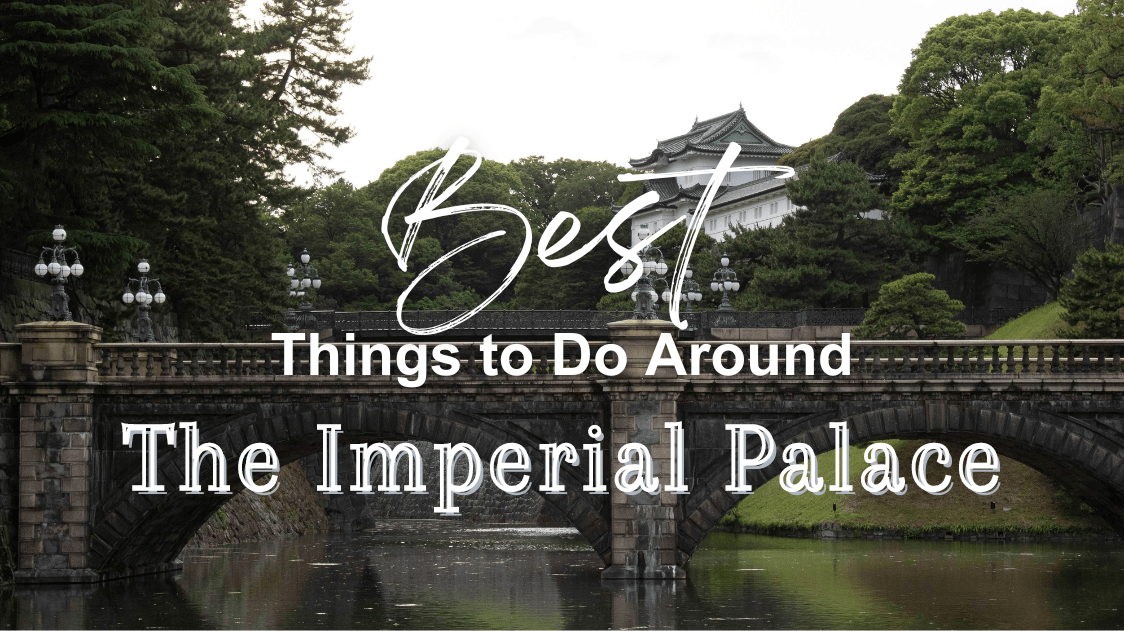
For those fascinated by Japan’s rich culture and history, the Imperial Palace stands out as a must-visit landmark, captivating not only locals but also attracting a steady flow of international tourists.
While the Imperial Palace itself is steeped in allure, its surroundings offer a treasure trove of experiences that enrich any Tokyo itinerary. Beyond the palace walls lies a world where traditional elegance meets modern sophistication, from serene gardens to bustling shopping districts.
In this article, we’ve carefully selected the top five activities around the Imperial Palace, each promising to enhance your exploration of this iconic area. Join us as we delve into the heart of Tokyo, where every corner tells a story of imperial legacy intertwined with urban charm.
*Please note that this article contains affiliate links.
What is the Imperial Palace?
The Imperial Palace (皇居, Kokyo), located in the heart of Tokyo in Chiyoda Ward, serves as the primary residence of the Emperor of Japan. It includes the Imperial Household Agency’s (宮内庁) offices, the private residences, and the “Imperial Palace” where various official ceremonies and state functions are held.
Spanning an area that constitutes about 20% of Chiyoda Ward, its location at Chiyoda 1 is pivotal. Since its renaming in 1868, from Edo Castle, the site has been recognized as the Imperial Palace.
This historic and cultural landmark is a testament to Japan’s rich heritage, making it a must-visit for enthusiasts of Japanese history and culture. The Imperial Palace has been the imperial family’s residence since Emperor Meiji relocated here from Kyoto, marking the transition of Japan’s capital and a significant epoch in Japanese history.
The Palace grounds also feature the East Gardens, which are open to the public and offer a glimpse into the imperial lifestyle.
Visitors can enjoy guided tours of the Palace twice daily, at 10 a.m. and 1:30 p.m., each lasting approximately 75 minutes. Moreover, the Palace’s proximity to major transport hubs like Tokyo Station, Otemachi Station, and Hibiya Station enhances its accessibility, making it a convenient destination for tourists.
Surrounding the Palace, numerous activities and sights further enrich the visitor experience, highlighting its significance not just as a residence but as a cultural and historical epicenter in Tokyo.
1. The Museum of the Imperial Collections, Sannomaru Shozokan
The first place we recommend you visit is the Museum of the Imperial Collections, Sannomaru Shozokan (皇居三の丸尚蔵館). This place is a distinguished museum now administered by the National Institutes for Cultural Heritage which also runs the Tokyo National Museum in Ueno.
The museum first opened in 1993, following the donation of art and craft objects by the Emperor Emeritus and His mother Empress Kojun to the nation. This initiative aimed to preserve, study, and exhibit the art and craft items collected from within Japan and abroad.
Significantly expanded exhibition spaces within the Imperial Palace’s East Gardens marked its renewal, officially re-opening on November 3, 2023, after a three-year public notice period.
To commemorate this occasion, the museum launched an exhibition titled “The Aesthetics of the Imperial Court: Beauty Passed Down through the Ages” running from November 3 (2023) to June 23 of the following year. This showcase is divided into four phases, highlighting different aspects of the museum’s vast collection.
These phases are:
1. National Treasures of the Sannomaru Shozokan (November 3 – December 24, 2023)
2. The Beauty and Techniques of Artworks of the Imperial Court in the Modern Era (January 4 – March 3, 2024)
3. Artworks that Adorned the Early Modern Imperial Palaces (March 12 – May 12, 2024)
4. Selected Masterworks of Sannomaru Shozokan (May 21 – June 23, 2024)
Containing a collection of over 6,000 highly valuable art and craft items from Japan and around the world, this museum offers a unique glimpse into the imperial family’s cultural contributions and artistic heritage of Japan, making it a must-visit for those interested in the country’s history and art.
*Note: Booking in advance is required. You can make reservations from their official website (link below).
For more information about the Museum of the Imperial Collections, check out the following article!
▶ Exhibition at Sannomaru Shozokan: The Museum of the Imperial Collections
 Access Access |
5 minute walk from Otemachi Station (Tokyo Metro). 15 minute walk from Tokyo Station |
|---|---|
 Official Website Official Website |
https://shozokan.nich.go.jp/en/ |
2. Chidorigafuchi Boat Pier
Located on the northern side of the Imperial Palace, the Chidorigafuchi Boat Pier (千鳥ヶ淵ボート場) is a popular spot in Tokyo, especially from spring to autumn.
During the cherry blossom season, typically from late March to early April, about 260 cherry trees, including the Somei Yoshino variety, beautifully line a 700-meter promenade, transforming it into a picturesque pink tunnel. This period draws both domestic and international tourists who wish to experience hanami (flower viewing) from a unique perspective on the water.
Beyond the cherry blossoms, Chidorigafuchi is also cherished for its lush greenery in the spring and summer, as well as the vibrant autumn leaves.
As reservations are not possible, visitors should anticipate longer wait times during the peak hanami season, making early arrival a wise choice to fully enjoy this enchanting location.
 Access Access |
10minute walk from Kudanshita Station (Tokyo Metro) |
|---|---|
 Official Website Official Website |
https://visit-chiyoda.tokyo/app/en/spot/detail/450 |
3. Spend a luxurious time at the Palace Hotel Tokyo
The Palace Hotel Tokyo (パレスホテル東京), one of Tokyo’s premier luxury hotels, embarked on a new beginning in 2012 following a comprehensive rebuild. It stands out for its unparalleled views of the Imperial Palace gardens, offering guests a serene and majestic vista right from their rooms and banquet halls.
This esteemed hotel has consistently demonstrated excellence in hospitality, as evidenced by its eight consecutive years of receiving a Five-Star rating from the Forbes Travel Guide 2023, a first for a Japanese-owned hotel.
Dining at the Palace Hotel Tokyo is a gastronomic journey, with seven diverse restaurants featuring everything from sushi and teppanyaki to French and Chinese cuisines. Additionally, three bars and lounges, along with a pastry shop, provide guests with a wide array of culinary delights to choose from, ensuring a memorable stay at one of Tokyo’s top luxury destinations.
*Note: The dress code for the Palace Hotel Tokyo restaurants are either “Smart elegant” or “Smart casual”. Be sure to check more about it from their official website(Link below).
 Access Access |
Directly connected to Otemachi Station (Tokyo Metro). 8 minute walk from Tokyo Station |
|---|---|
 Official Website Official Website |
https://en.palacehoteltokyo.com/ |
4. Go shopping around Tokyo station
Just a 10-minute walk from Tokyo Station’s Marunouchi exit to the Imperial Palace, this area is full of stylish shops, restaurants, and cafes, making it a prime spot for both shopping and leisure. Key destinations include KITTE, Marunouchi Building (Marubiru), and Shin-Marunouchi Building (Shin-Marubiru).
KITTE offers a diverse range of stores and eateries, featuring traditional crafts to modern fashion, and an array of dining options from casual to gourmet. The Marunouchi Building and Shin-Marunouchi Building are known for their sophisticated shops and restaurants, catering to every taste and preference, from high-end fashion and accessories to international and Japanese cuisine.
Also, many fancy hotels are located in this area, offering high-end restaurants and cafes (such as the aforementioned Palace Hotel Tokyo).
These locations also host numerous cafes, perfect for anyone looking to relax with a cup of coffee amidst the bustling city atmosphere. This area between Tokyo Station and the Imperial Palace is a must-visit for anyone looking to experience Tokyo’s vibrant urban culture.
5. Relax at the Kokyo Gaien National Garden
And lastly, on our list, we have the Kokyo Gaien National Garden (皇居外苑). This place is a sprawling green space that beautifully blends wide lawns with historic structures, such as the iconic Nijubashi Bridge (二重橋), the statue of Kusunoki Masashige (楠木正成像), and Sakuradamon Gate (桜田門).
This serene garden offers a perfect retreat for relaxation after a day of shopping or sightseeing in the bustling Marunouchi area. Whether you’re looking to enjoy a leisurely day out with family or seeking a tranquil spot to unwind alone, the vast lawns of Kokyo Gaien provide an ideal setting.
Visitors can bask in the peaceful ambiance, enjoy a picnic, or simply lie back on the grass and soak in the surrounding beauty. Its combination of natural landscapes and historical significance makes it a must-visit location for those exploring Tokyo.
 Access Access |
2 minute walk from Nijubashimae Station (Tokyo Metro Chiyoda Line), 2 minute walk from Hibiya Station (Tokyo Metro Hibiya Line) |
|---|---|
 Official Website Official Website |
https://fng.or.jp/koukyo/en/ |
I hope you enjoyed this article about things to do around the Imperial Palace in tokyo. As I previously mentioned, the Imperial Palace is a must-visit place when you come to Tokyo, and it is good to know that you will have many other options of things to do when you come visit.
▽Subscribe to our free news magazine!▽
For more information about Things to do in Tokyo, check out the following articles!
▽Related Articles▽
▼Editor’s Picks▼
Written by
Born and raised in Costa Rica, I started living in Tokyo from college. I love traveling within Japan & around the world. Since I wasn’t born in Japan, I know the cultural impact that you can get when visiting Japan for the first time and what you might be worried about before your trip. And I’ve lived long enough to somewhat understand the nuances of the Japanese culture that make this country such an attractive place to visit. Hopefully I can provide to you both the information you’re looking for and the information you didn’t know you needed to know.
